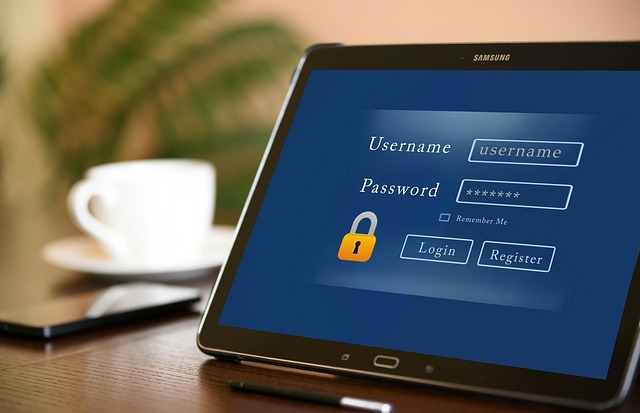Wireless Security: Protecting Home and Business Wi-Fi
Wireless networks connect devices, services, and people, but they also widen the range of threats. Effective wireless security reduces the chance that outsiders can intercept traffic, access private devices, or use your network for malicious activity. This article explains practical steps you can take to strengthen protections for home and small-business Wi‑Fi, focusing on digital protection, password security, network security, internet protection, and two-factor authentication.

What is digital protection?
Digital protection refers to the combination of policies, tools, and behaviors that keep data and devices safe in an online environment. For wireless contexts this includes encryption standards (WPA2, WPA3), device authentication, and secure configuration of routers and access points. Digital protection also covers endpoint controls such as antivirus, regular software updates, and limiting unnecessary services on connected devices. Establishing a baseline — strong encryption, a private SSID, and firmware updates — reduces common wireless attack vectors like eavesdropping and unauthorized access.
How does password security affect Wi‑Fi?
Password security is often the simplest, most effective control for wireless networks. Use long, unique passphrases for both the Wi‑Fi network (PSK) and the router’s admin account; avoid default values which are widely known. Consider passphrases of 12–20 characters with a mix of words and symbols that are still memorable. Change the network password periodically and revoke access for devices you no longer use. For business environments, use per-user credentials or 802.1X authentication rather than a single shared PSK to improve accountability and reduce lateral compromise.
What is network security for wireless setups?
Network security for wireless setups combines segmentation, monitoring, and access control. Create separate guest and internal networks to prevent visitor devices from reaching sensitive systems. Use VLANs or software-defined segmentation for larger deployments. Enable the router’s firewall and disable UPnP if not needed. Monitor logs for unusual activity and limit administrative access to specific devices or IP ranges. For sensitive environments, consider intrusion detection/prevention systems (IDS/IPS) that can flag suspicious wireless behavior, and regularly audit connected devices to remove unauthorized endpoints.
How does internet protection relate to wireless use?
Internet protection focuses on reducing exposure to web-borne threats once devices connect to Wi‑Fi. Employ DNS filtering and content controls to block malicious or risky sites at the network level. Use secure protocol enforcement (HTTPS and TLS) and consider running a trusted DNS-over-HTTPS or DNS-over-TLS resolver. For remote or public Wi‑Fi, use a reputable VPN to encrypt traffic between the device and a trusted server; this prevents local eavesdroppers from reading unencrypted sessions. Keep browsers and plugins updated, and educate users to avoid downloading unknown software while on shared wireless.
Why use two-factor authentication on devices?
Two-factor authentication (2FA) adds a second verification step beyond a password, significantly reducing the risk of account takeover if credentials are stolen. Apply 2FA to router admin interfaces, cloud management portals, and user accounts that access network resources. Use time-based one-time passwords (TOTP) from authenticator apps or hardware security keys (FIDO2) for stronger assurance than SMS-based codes, which are vulnerable to SIM-swapping. Enforcing 2FA for remote management and administrative users helps ensure that even if a password is compromised, attackers still face a high barrier to access critical network controls.
Conclusion
Wireless security is an ongoing process that combines technical controls, device hygiene, and user behavior. Start by enabling current encryption standards and changing default passwords, then add segmentation, DNS and content protections, and two-factor authentication where practical. Regular firmware updates, device inventories, and periodic reviews of access policies will help maintain a resilient wireless environment. Keeping protections layered and up to date reduces risk and helps ensure private data and connected services remain secure.





